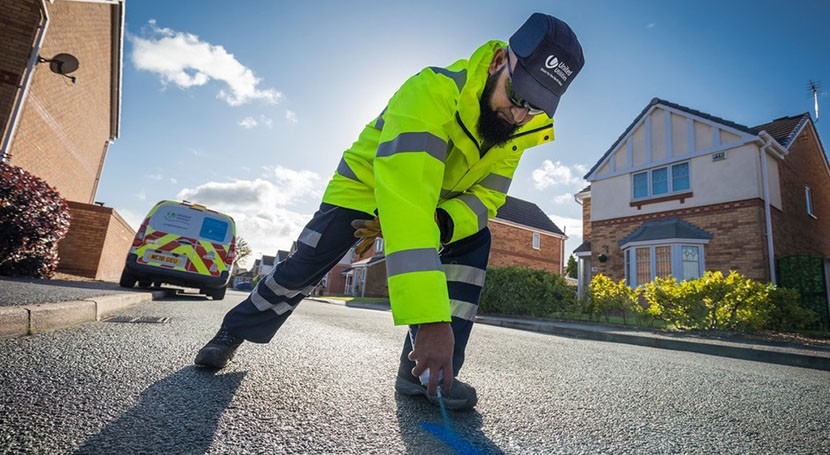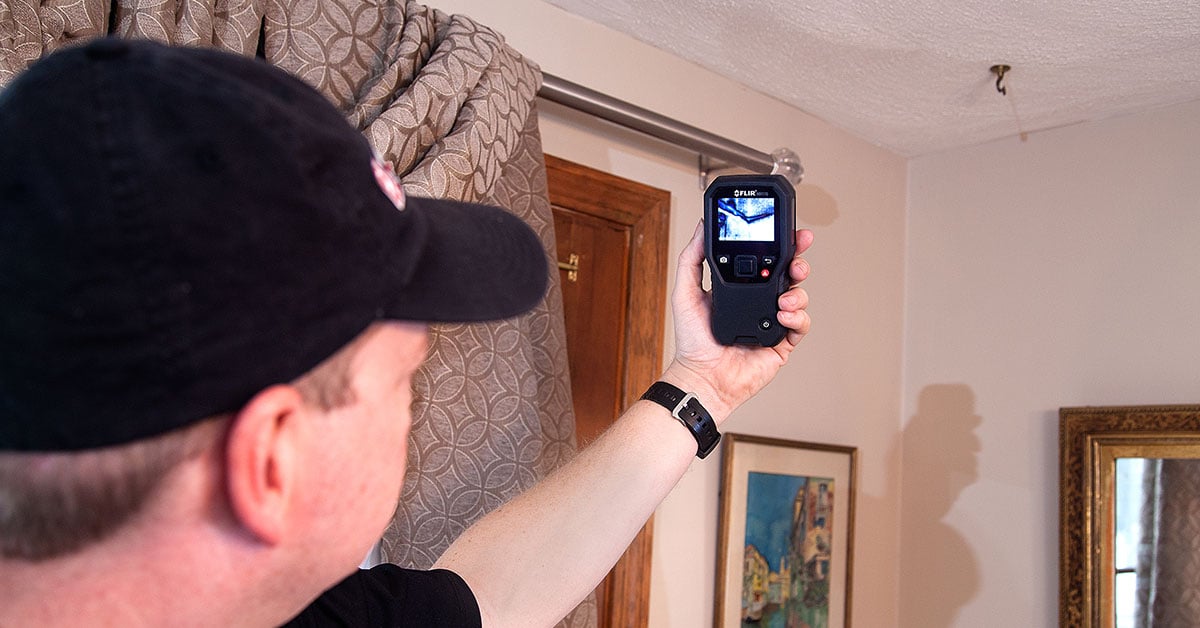Comprehensive Overview to Water Leak Detection for Home Owners and Organizations
Cutting-edge Solutions for Early Discovery of Water Leaks in Structures and Framework
From cutting-edge leak discovery innovations to the release of IoT sensing units for real-time tracking, the landscape of leakage avoidance is evolving swiftly. Automated water circulation evaluation systems are reshaping exactly how leaks are identified and dealt with, leading the method for an aggressive method to water leakage detection.
Advanced Leak Discovery Technologies
Advanced leak discovery innovations, equipped with innovative sensing units and algorithms, play an important duty in promptly identifying and determining water leakages in numerous settings. These innovations use a mix of acoustic, thermal, and electro-magnetic noticing methods to find leakages precisely. Acoustic sensors find the noise of leaving water, enabling specific localization of the leak resource. Thermal imaging detects temperature changes triggered by water leak, providing one more effective approach for leakage recognition. Electro-magnetic sensors can identify modifications in electro-magnetic areas triggered by water, supplying yet one more layer of leak discovery ability.

IoT Sensors for Real-Time Tracking
In the world of modern water leak discovery, the integration of IoT sensing units for real-time tracking stands for a crucial advancement in boosting positive leak discovery abilities. These sensors provide constant tracking of water systems, giving real-time data on water circulation prices, stress variations, and temperature modifications. By leveraging IoT innovation, these sensing units can discover even the tiniest abnormalities in water usage patterns, allowing very early recognition of potential leaks before they rise right into significant concerns.
IoT sensing units send information to a centralized platform, where sophisticated formulas evaluate the details and create alerts or notifications when abnormalities are identified. This real-time monitoring capacity enables property proprietors or facility supervisors to without delay resolve leakages, minimizing water damage, minimizing repair expenses, and preserving water sources.
In addition, IoT sensing units can be incorporated with building monitoring systems, enabling automatic responses to spotted leakages, such as shutting off water valves or activating pumps to minimize the impact of leaks. On the whole, the application of IoT sensors for real-time tracking significantly enhances the efficiency and efficiency of water leak detection in buildings and infrastructure.
Machine Understanding Algorithms for Leak Prediction

One key benefit of making use of device discovering for leakage prediction is its ability to continually discover and improve its accuracy in time. As more data is accumulated and fed into the formula, it can improve its predictions and adjust to transforming problems, eventually increasing the dependability click here now of leak detection systems.
In addition, machine learning formulas can help in determining subtle signs of leakages that might go unnoticed by linked here typical surveillance techniques. water leak detection. By analyzing complex data sets in real-time, these algorithms can supply early warnings and notifies, enabling punctual treatment and preventative maintenance to minimize prospective water damage and associated prices
Using Thermal Imaging for Leak Discovery
Thermal imaging technology provides an appealing approach for discovering water leakages in various systems and infrastructures. By using infrared radiation and temperature level differences, thermal imaging video cameras can recognize surprise leakages that are not quickly noticeable to the naked eye. When water runs away from pipelines or frameworks, it frequently alters the temperature level of the surrounding area, producing temperature level differentials that thermal video cameras can record. These temperature level abnormalities are then translated into noticeable images, highlighting the specific location of the leak.
One of the vital advantages of thermal imaging for leak discovery is its non-intrusive nature. Overall, the use of thermal imaging innovation boosts the efficiency and precision of water leakage detection, making it a valuable device for preserving the stability of buildings and facilities.
Automated Water Circulation Analysis Systems
How can computerized water Full Article circulation analysis systems revolutionize the detection and administration of leaks in various systems and facilities? Automated water circulation evaluation systems use an aggressive strategy to leakage discovery by continually keeping track of water circulation prices and patterns. By establishing baseline information, these systems can swiftly determine deviations that may show a leak, allowing punctual treatment to stop comprehensive damages.
These systems use innovative algorithms to analyze real-time data and offer prompt alerts when abnormalities are discovered, enabling speedy activity to be taken. Additionally, automated water circulation analysis systems can be integrated with building management systems or IoT platforms, improving overall efficiency and allowing remote monitoring abilities.
In addition, the information collected by these systems can be made use of for predictive upkeep purposes, assisting to recognize potential powerlessness in the framework prior to leaks occur. Overall, the implementation of automated water flow evaluation systems can dramatically boost leak detection and administration methods, ultimately bring about cost financial savings, decreased water wastage, and raised sustainability in structures and facilities.

Verdict
In verdict, the integration of sophisticated leak detection innovations, IoT sensors, artificial intelligence algorithms, thermal imaging, and computerized water flow evaluation systems supplies ingenious remedies for very early discovery of water leakages in buildings and facilities. These innovations enable real-time surveillance, prediction of leaks, and reliable detection methods to avoid water damages and waste. Implementing these options can help in preserving the stability and sustainability of water supply in numerous settings.